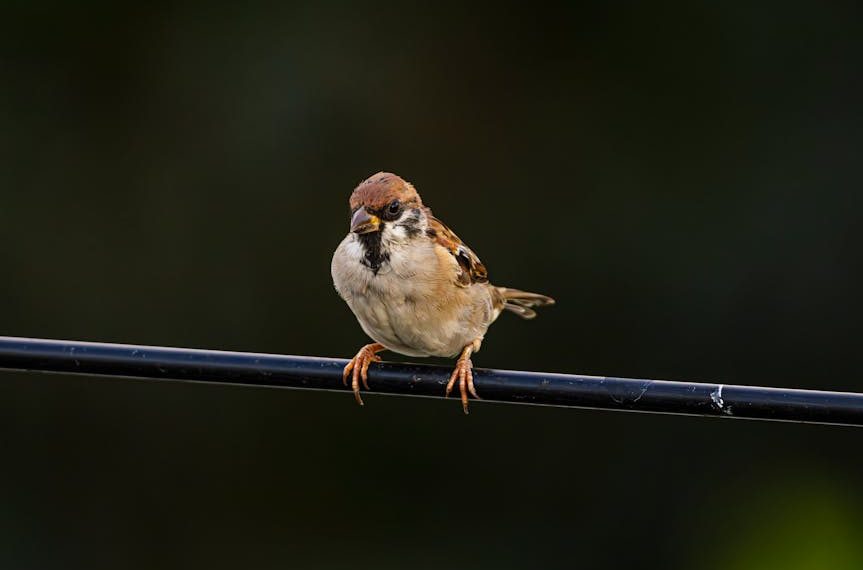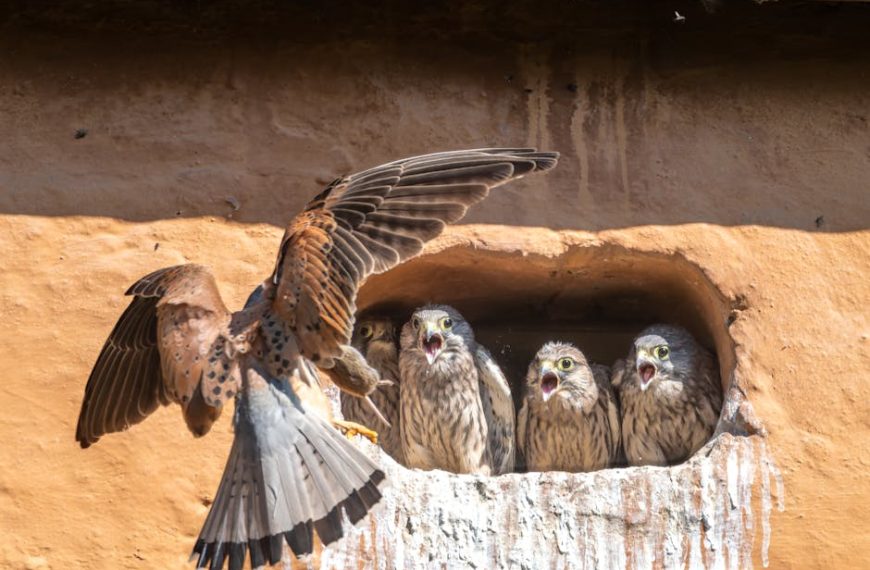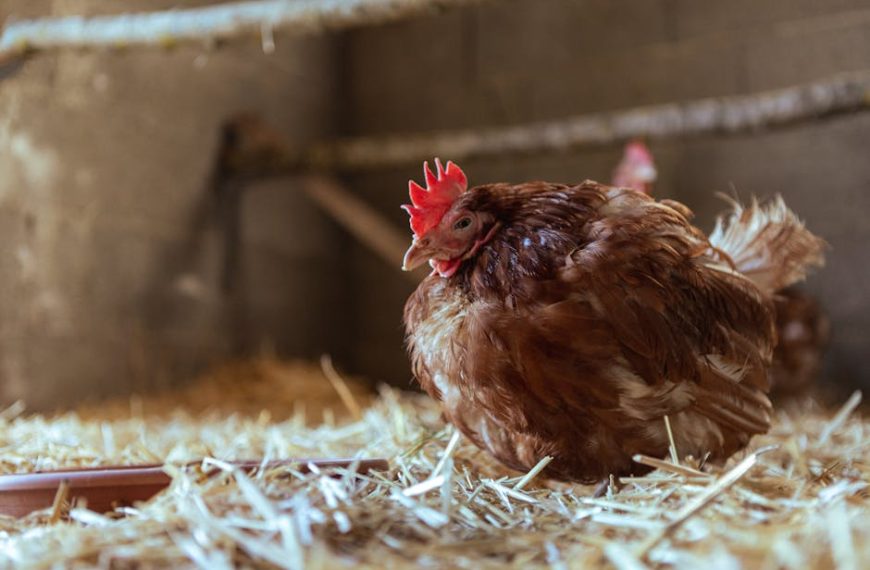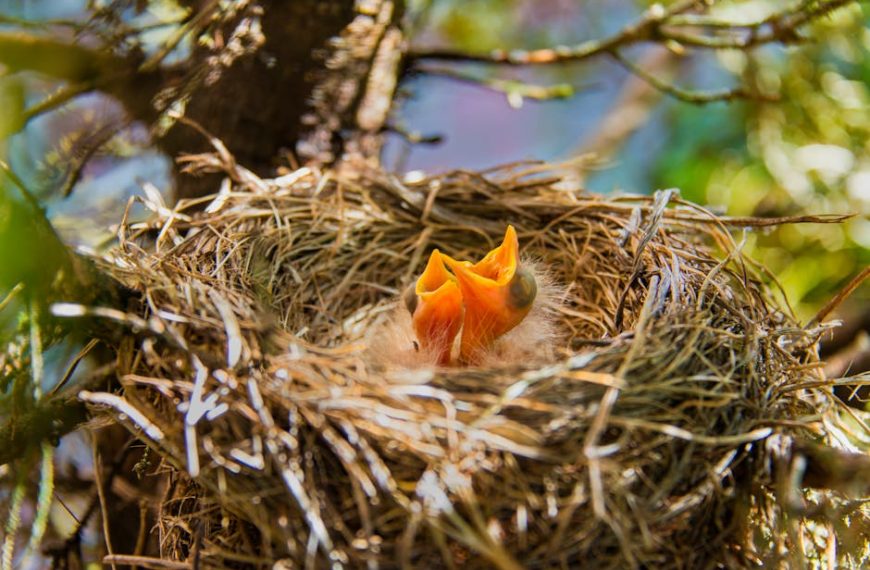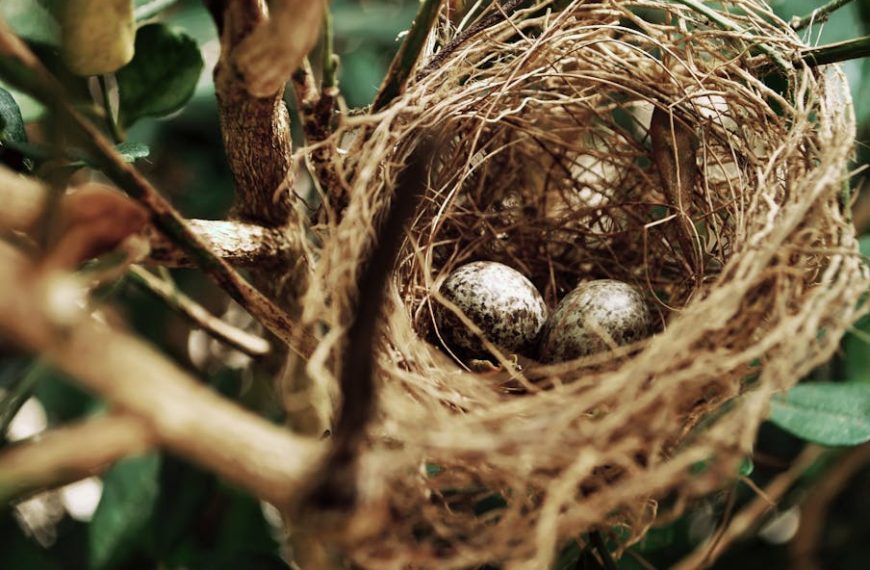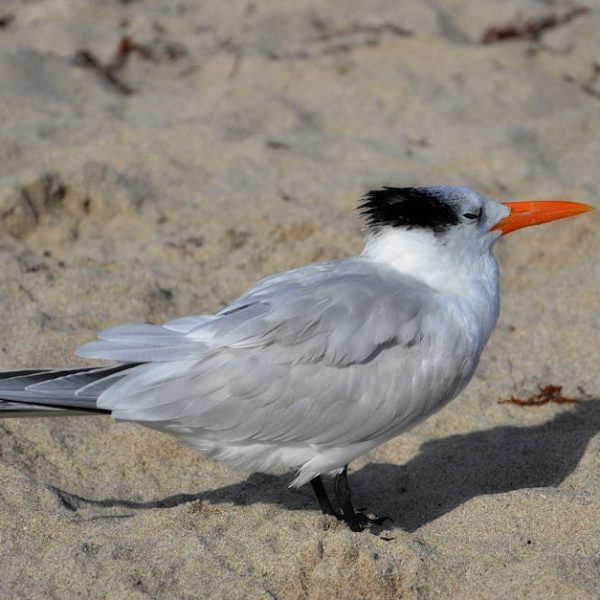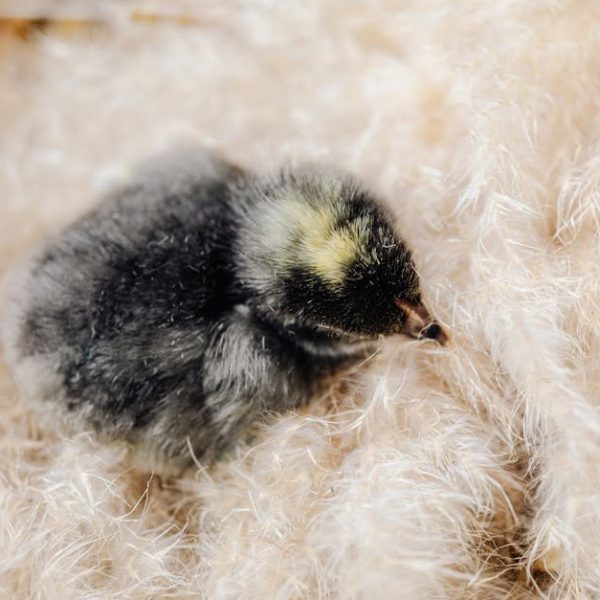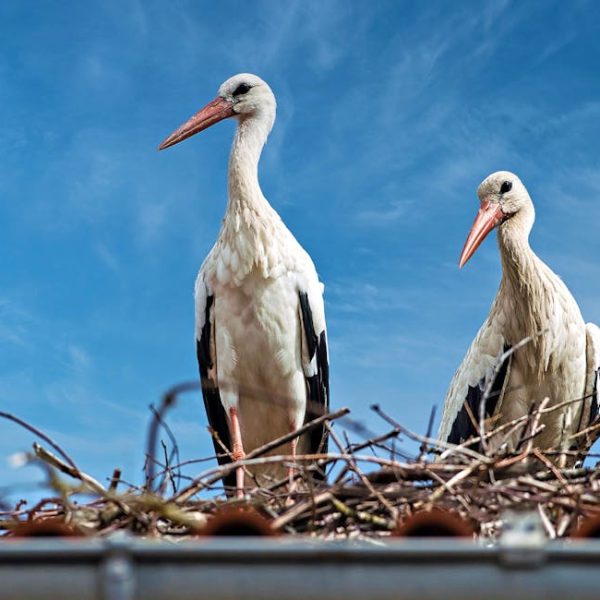Birds cease laying eggs due to several factors which span their own physiology, environmental influences and the impact of human activities. This shifting process is not random; instead, it’s tightly entwined with Earth’s circadian rhythm and the creatures’ expert adaptation abilities. These factors all mingle into the complex cycle of avian reproduction, featuring unique elements that distinguish it from mammalian fertility cycles.
Characteristics and Cycle of Avian Reproduction
While oversimplified comparisons may liken birds hatching eggs to humans giving birth, avian reproduction is a multifaceted process with unique facets such as distinct habitats, breeding habits, and cyclical shifts. Despite the vast array of bird species, most share common reproductive characteristics.
Birds’ reproductive cycles are dictated by hormonal changes tied to varying daylight lengths, food availability, and climate conditions. Typically, as daylight hours increase, a bird’s pituitary gland triggers hormonal changes which spark their breeding cycle. During this period, their physical and behavioural changes become noticeable, such as more vibrant plumage, increased singing, and territorial assertiveness.
Environmental Impacts on Bird Egg Laying
Changes in daylight hours, weather conditions, diet and food surplus availability majorly determine when birds lay eggs. As the avian species hold a symbiotic relationship with nature, these elements serve as cues for appropriate breeding periods.
In urban environments, artificial night lights can confuse birds’ internal clocks, leading to mismatched or interrupted breeding periods. However, cities also offer steady food sources which may promote year-round breeding. Comparatively, in rural or wilderness areas, where food availability fluctuates seasonally, birds commonly restrict egg-laying to warmer months.
- Most affected by environmental changes: Robins, Sparrows, Pigeons
- Least affected by environmental changes: Owls, Hawks, Eagles
Age and Health Factors in Bird Egg Laying
A bird’s age and health status profoundly impact their egg-laying regularity. Just like humans, birds possess prime fertility years which gradually wane over time. Also of influence is their overall wellbeing; unhealthy or stressed birds often hold off from breeding as a survival mechanism.
Domesticated chickens, for instance, generally begin laying eggs around six months old but steadily decrease production after their first year. On the other hand, wild birds, like American Robins, typically begin breeding in their first spring and can produce multiple broods annually for several years.
Understanding the natural timeline of avian reproduction helps us develop respectful and responsible approaches towards wild and domestic bird species, particularly the elderly or sick, to promote their wellbeing during breeding seasons.
Impact of Human Activity on Bird Breeding
Human activities have a profound and monumental impact on bird breeding and egg-laying patterns. Urbanization, agriculture, and industrialization all intrude upon natural habitats, leading birds to alter their reproduction schedules or, worse yet, cease breeding entirely.
Construction noise, tall buildings, and high traffic disturb nesting sites and interrupt birds’ daylight-dependent internal clocks. Some bird species, like Purple Martin and House Sparrow, have adapted to these changes by nesting in man-made buildings. However, others are not as resilient and face a significant drop in population numbers due to habitat loss.
Responsible human habits can help reduce this impact by:
- Minimizing noise and light pollution.
- Creating bird-friendly spaces in urban environments.
- Limiting the use of chemicals and pesticides that harm bird health.
How Seasonal Changes Affect Avian Egg Laying
Seasonal changes largely dictate bird egg-laying schedules as varying daylight lengths and shifting weather conditions mimic nature’s reproductive alarm clock. Most bird species lay eggs during spring and summer when food is plentiful and temperatures are warm, providing ideal conditions for chicks’ survival.
Recognizing bird calls indicative of mating seasons or observing changes in their feathers can serve as signs of impending breeding. Respecting the birds’ nesting periods, particularly during peak seasons, is crucial for their uninterrupted breeding and survival.
Here’s a brief comparison of seasonal breeding patterns:
| Species | Spring | Summer | Fall | Winter |
|---|---|---|---|---|
| Ravens | ✔️ | |||
| Robins | ✔️ | ✔️ | ||
| Pigeons | ✔️ | ✔️ | ✔️ | ✔️ |
| Sparrows | ✔️ | ✔️ |
In conclusion, understanding the cycle and factors affecting avian reproduction and egg-laying patterns is not only fascinating, but it also aids in our efforts to respect, protect, and preserve these wonderful creatures. The interconnectedness of our lives and their lives demonstrate, yet again, how crucial it is for us to lead environmentally conscious and respectful existence.
Key Takeaway:
- Avian reproduction and egg-laying patterns are influenced by factors such as environmental conditions, bird’s age and health, and human activity.
- Birds’ reproductive cycles are regulated by hormonal changes that are closely connected with various external conditions like daylight, weather, and food availability.
- The impact of human activity, urbanization and pollution can significantly affect bird breeding patterns and can disrupt their natural habitats.
- Seasonal changes play a major role in bird egg-laying patterns, with most species tending to lay eggs in spring and summer.
As complicated and diverse as avian reproduction might seem, with information and understanding, we can appreciate and respect the intricacies of their behaviors. By acting responsibly, we can minimize our impact on their lives and habitats, ensuring that these remarkable creatures continue to flourish and delight us with their presence.
FAQs
Q: Can changing a bird’s environment disrupt its egg-laying pattern?
A: Yes, changes in a bird’s environment can disrupt its egg-laying pattern. Birds’ internal clocks are sensitive to external factors like daylight, weather, and food availability. Artificial lights in urban settings, for instance, can confuse their internal clocks resulting in altered breeding periods.
Q: How does ageing affect a bird’s egg-laying capabilities?
A: As birds age, their egg-laying capabilities may reduce over time. They have prime fertility years after which egg production gradually decreases, much like the human fertility cycle.
Q: In what ways can human activity affect bird breeding patterns?
A: Human activities like urbanization, agriculture, and industrialization can significantly affect bird breeding patterns. The intrusion on natural habitats can cause birds to adjust their reproductive schedules or even stop breeding entirely.
Q: Do all bird species lay eggs based on seasonal changes?
A: Most bird species do adjust their egg-laying schedules according to seasonal changes, specifically in reaction to daylight lengths and weather conditions. However, some bird species found in urban environments, where food is available year-round, might breed irrespective of seasons.
Q: How can identifying bird calls help understand their breeding habits?
A: Bird calls can serve as crucial markers of the breeding season. For example, increased singing or unique mating calls indicate that a male bird is attracting a mate, signaling the start of breeding season.
Encourage your friends to understand and respect avian reproduction and share this article with them. Explore more posts on our website to widen your knowledge about the fascinating world of birds.


